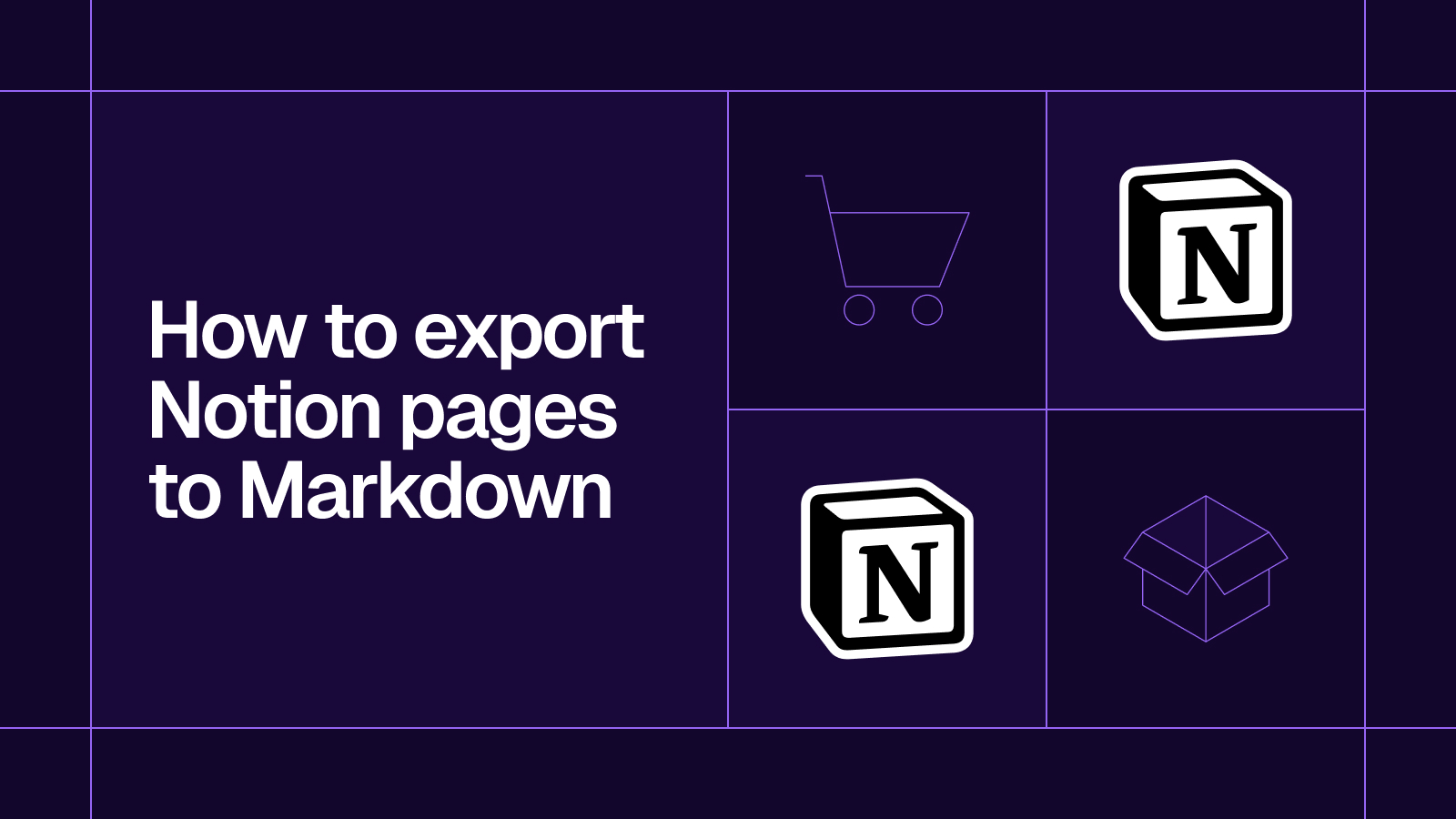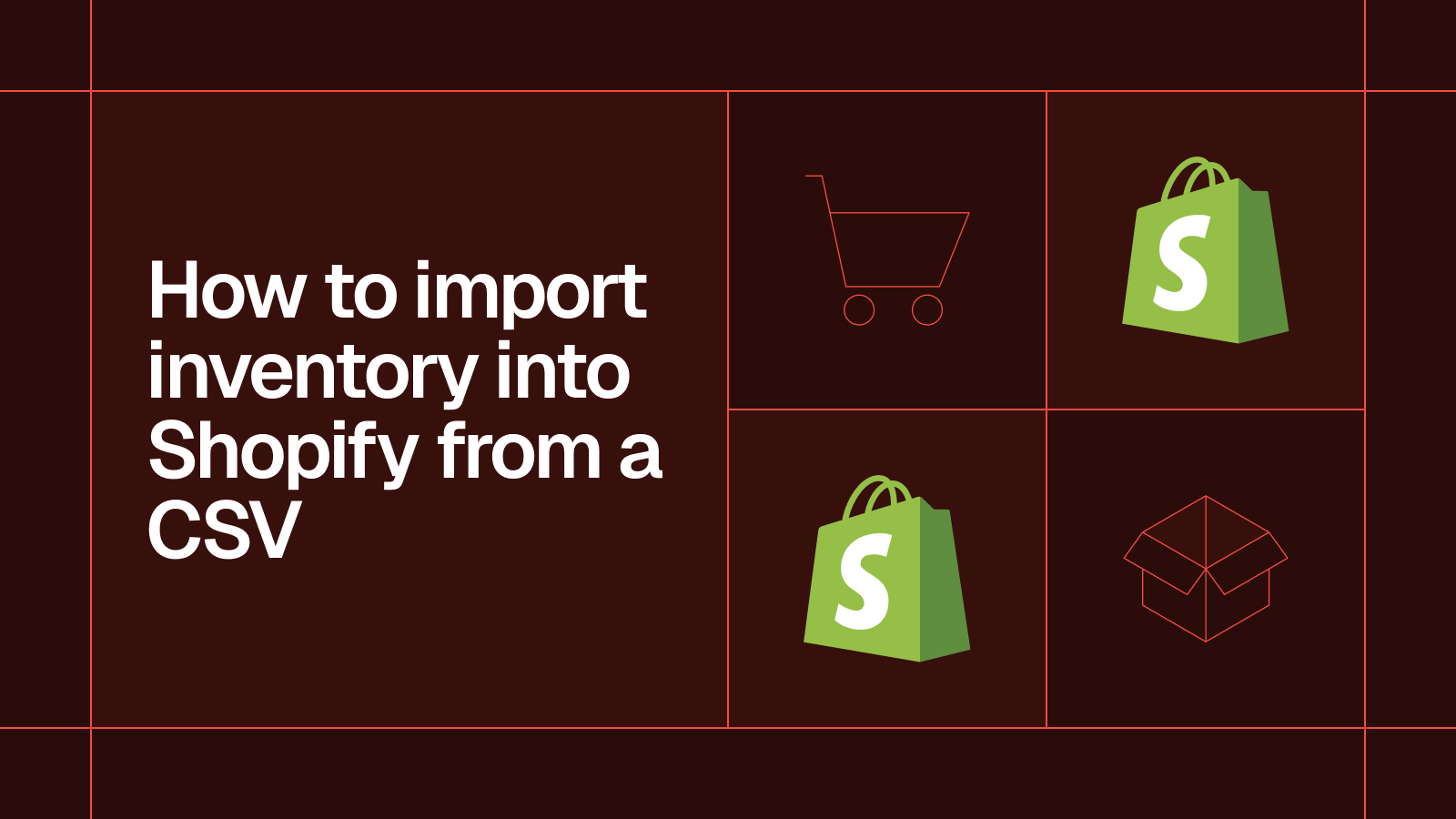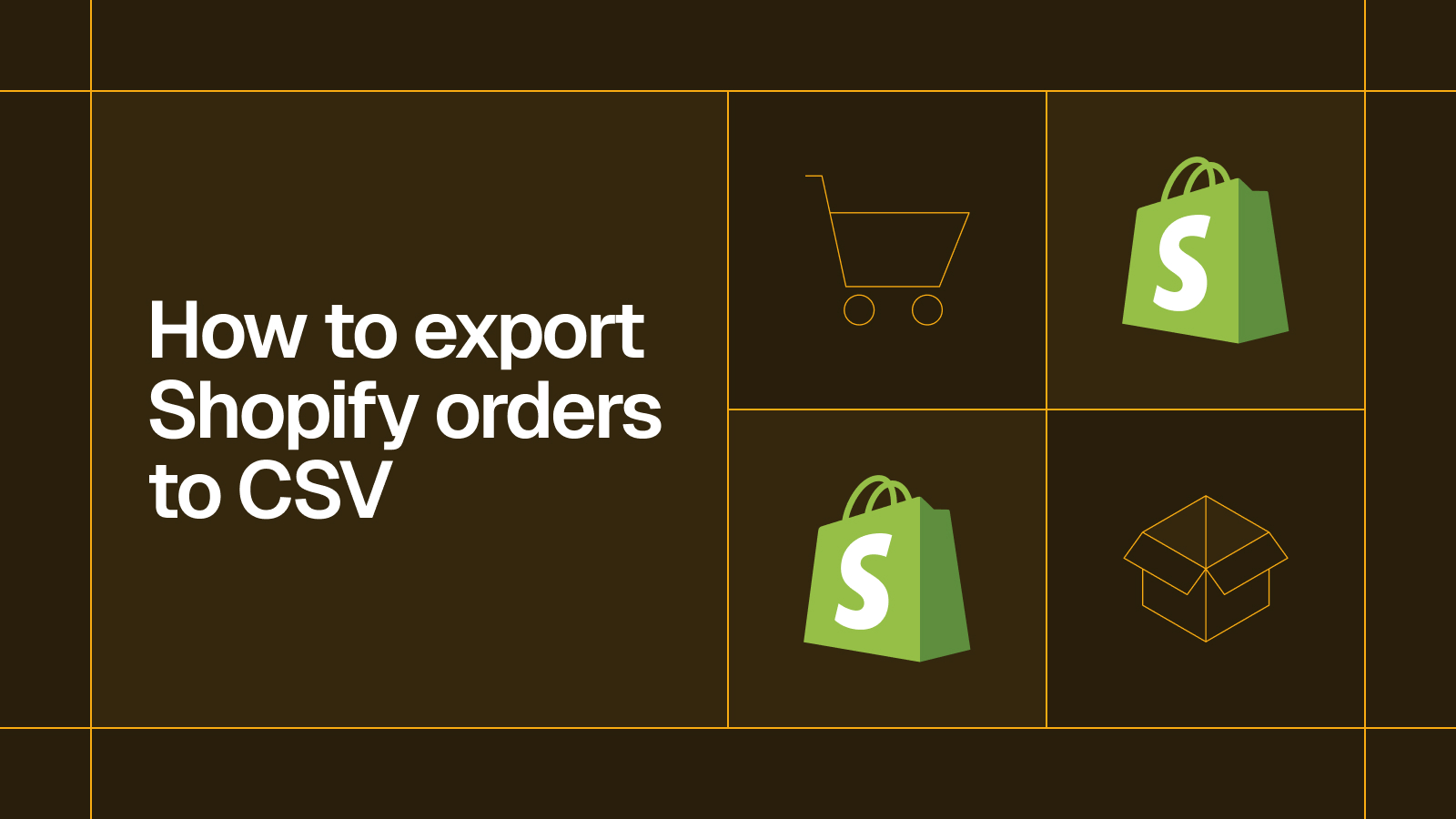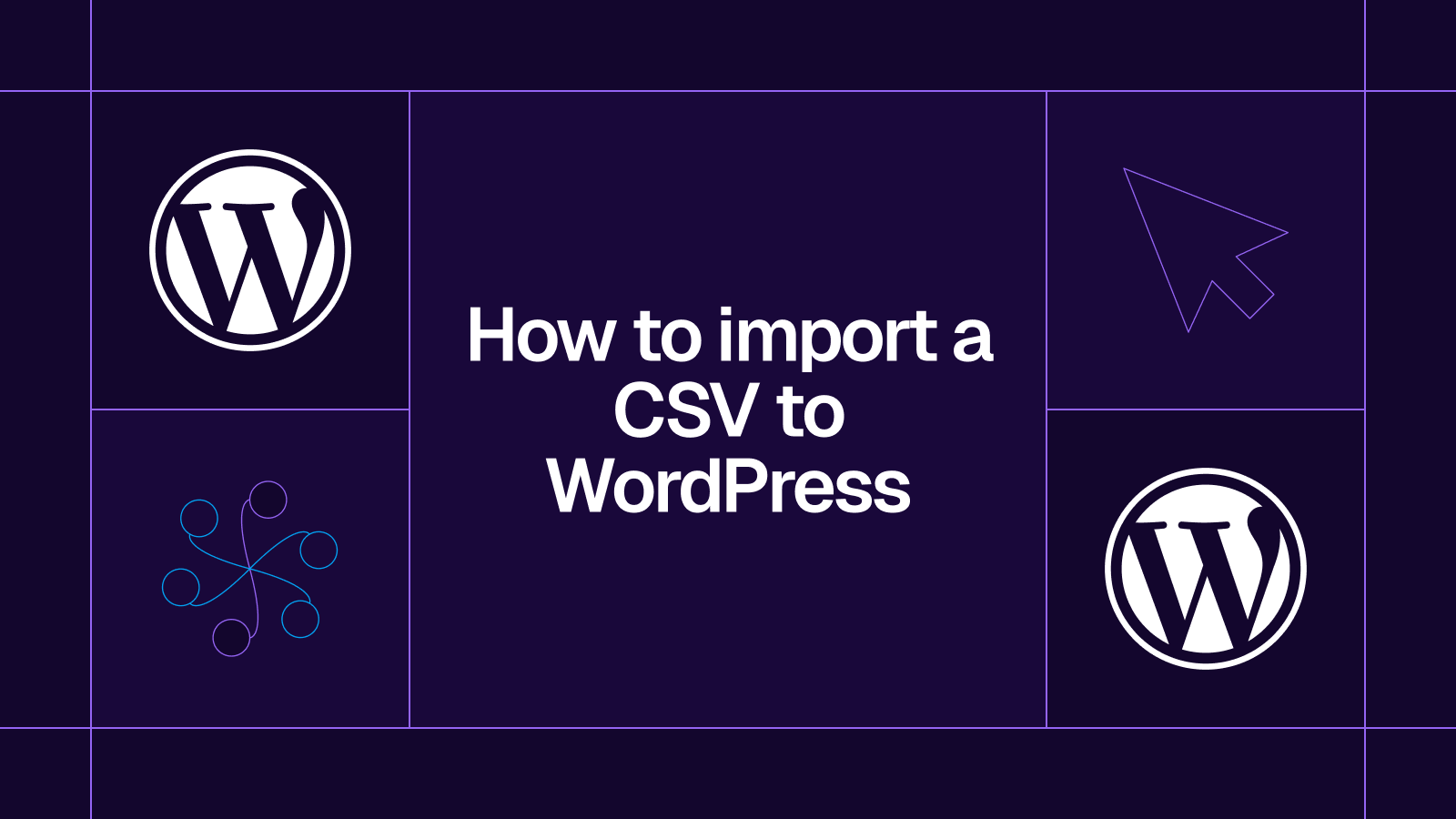How to connect and sync Notion to Stripe in 5 minutes with Whalesync
.png)
How to connect and sync Notion to Stripe in five minutes.
How to connect and sync Notion to Stripe in 5 minutes with Whalesync
Notion is where many teams organize customers, projects, and internal workflows. Stripe, on the other hand, is your source of truth for billing and payments.
If you use Notion to manage customer data or internal operations and Stripe to manage subscriptions and payments, syncing the two ensures your Notion workspace reflects the latest financial activity automatically.
In this post, we’ll show you how to connect and sync Notion and Stripe in five minutes.
Let’s begin.
Why should you connect Notion to Stripe?
Connecting Notion and Stripe allows you to sync real-time billing data into your Notion workspace. This gives your team visibility into customer payment status, subscriptions, and invoices directly from the docs and dashboards you already use.
Since this is a one-way sync (Stripe → Notion), you can’t update Stripe from Notion, but you can view and reference Stripe data to support operations, customer success, or finance workflows.
This reduces context switching, eliminates manual data entry, and gives your team a live, customizable view of key billing details—all inside Notion.
When should you connect Notion and Stripe?
Here are a few common scenarios where connecting the two makes sense:
- You manage customer records or workspaces in Notion: Sync Stripe billing and subscription data into your customer databases or client portals.
- Your support, finance, or ops team works in Notion: Let them track payment status, overdue invoices, and subscription details without needing Stripe access.
- You want to automate reporting or dashboards: Use synced Stripe data inside Notion tables and templates to create live billing summaries or customer health overviews.
How to sync Notion and Stripe
Here’s a step-by-step guide to sync Notion and Stripe.
Step 1: Create a new sync
Log in to your Whalesync account and click ‘New sync’

Step 2: Authorize your apps
Select the apps you want to connect. In this case, it’s Notion and Stripe. Then, authorize these two apps. Authorizing the apps enables Whalesync to have access to your app data in order to complete the syncs.

When authorizing Notion, choose the database where Stripe data should appear.
To authorize Stripe, you need to enter your Stripe API Secret Key.

Step 3: Map your tables
Choose the tables that you want to sync from Stripe to Notion. You can add multiple table mappings to a sync and related fields. You can also create new databases or pages in Notion directly from Whalesync.

Step 4: Map your fields
You can choose how many fields you want to map, whether you want to map all of the fields or just a few.

When mapping fields, think about which data is most useful for your team—like subscription tier, payment status, next billing date, or customer name.
You can also create new properties in Notion during this step.

Once the sync is set up, your Stripe data will automatically populate the Notion database.
Step 5: Activate sync
The final step is to activate your sync! Before you activate your sync, you’ll see a preview that shows you how many records will be added to Notion.

Done! Notion and Stripe is synced 🤝
Wait a few seconds and you’ll see your Notion workspace filled with synced data from Stripe.
Start syncing today
Syncing Stripe with Notion gives your team an always-updated view of billing data in a familiar workspace. Whether you're managing subscriptions or reviewing customer health, having Stripe data in Notion helps you stay informed and organized, without ever logging into Stripe.
Ready to connect Stripe and Notion? Get syncing today
Subscribe for more
Stay up to date with the latest no-code data news, strategies, and insights sent straight to your inbox!


.jpeg)









.svg)




.svg)


